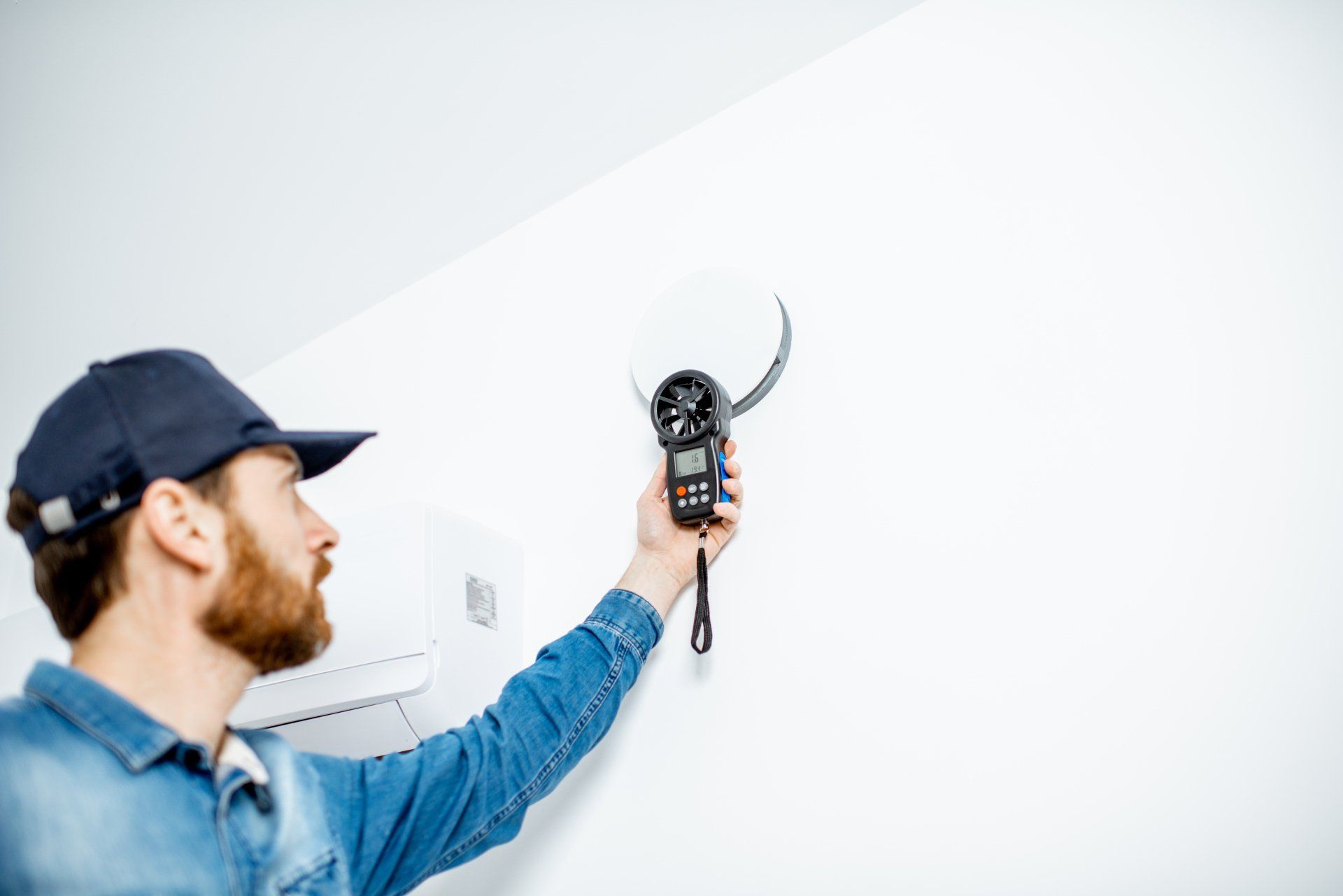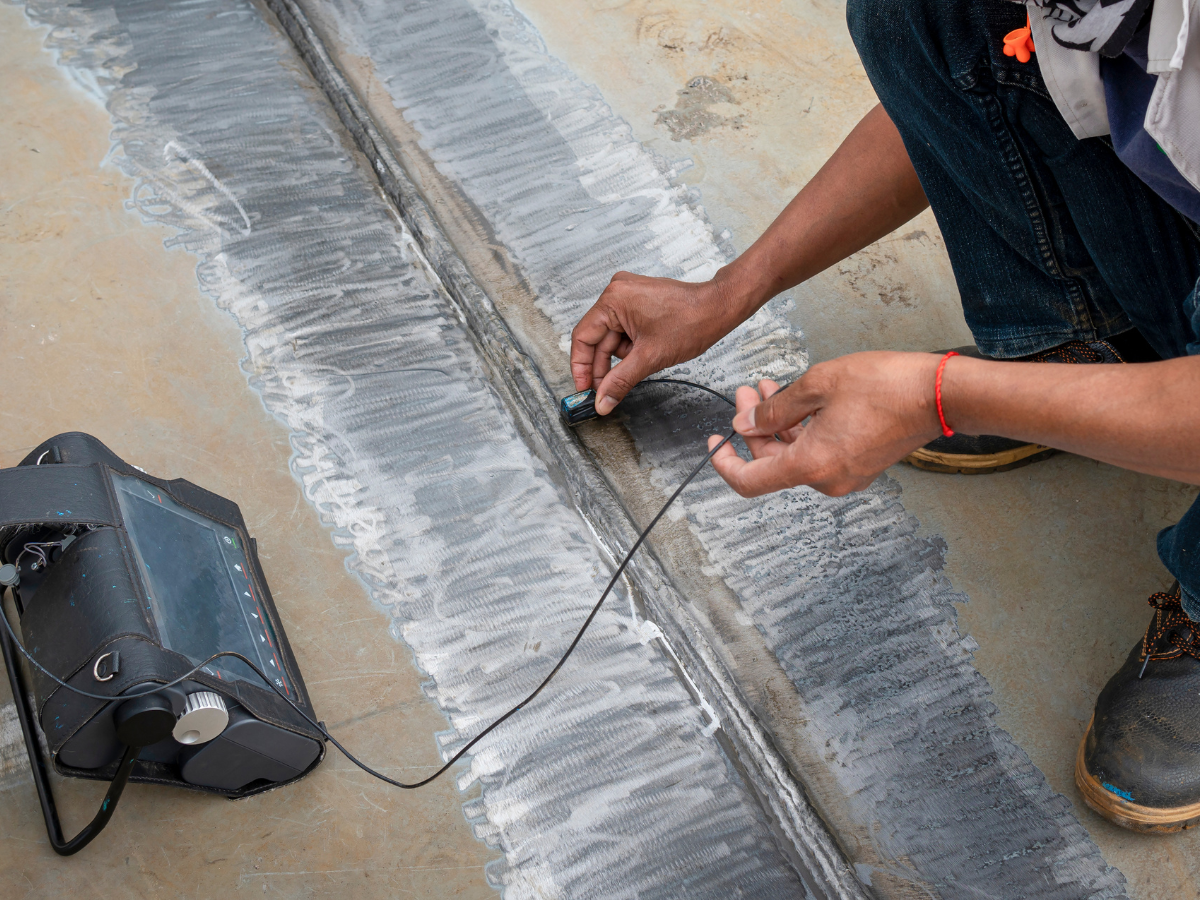Ground Penetrating Radar in Utility Detection: Avoiding Costly Underground Encounters
August 1, 2023
Unearthing the Power of GPR Technology to Safeguard Construction Projects
Construction projects are complex endeavors that demand precision and caution to avoid costly and potentially dangerous encounters with buried utilities. Enter Ground Penetrating Radar (GPR), a state-of-the-art technology used by Steel City NDT to revolutionize utility detection. In this blog, we delve into the power of GPR and its role in safeguarding construction projects. Discover how GPR technology helps us unveil the hidden infrastructure beneath the surface, making way for seamless planning and execution while minimizing risks and ensuring the safety of workers and assets.
Understanding Ground Penetrating Radar: Peering into the Depths
At Steel City NDT, we believe that knowledge is the foundation of efficient utility detection. In this section, we break down the science behind GPR, explaining how electromagnetic waves penetrate the ground and bounce back signals, revealing subsurface features such as utility lines and pipelines. Gain insights into the varying frequencies of GPR antennas and how they impact data resolution and the depth of penetration, allowing us to create accurate and comprehensive utility maps.
The GPR Advantage: A Non-Invasive Approach to Detecting Utilities
GPR offers unmatched advantages in utility detection, and in this section, we showcase its non-invasive nature. Unlike traditional digging methods that risk damaging underground infrastructure, GPR provides a non-destructive means to peer into the depths. Learn how Steel City NDT's advanced GPR equipment and expert technicians efficiently scan and analyze subsurface conditions, ensuring a cost-effective and safer approach to utility detection.
Empowering Construction Projects with Precise Data
Accurate data is essential for seamless construction planning, and GPR empowers projects with precise information. In this section, we explore how GPR data aids in creating utility maps, identifying potential conflicts, and making informed decisions during project design and execution. Steel City NDT's commitment to reliable data collection and real-time imaging equips construction teams with the information they need to mitigate risks and prevent costly underground encounters.
Partner with Steel City NDT for Safer Construction Projects
With Steel City NDT's cutting-edge Ground Penetrating Radar technology, construction projects can avoid costly encounters with buried utilities and streamline their operations. From non-invasive utility detection to accurate data collection, our team offers unparalleled expertise and precision for safer and more efficient projects. Are you ready to elevate your construction ventures to new heights? Contact Steel City NDT today and experience the power of GPR technology in safeguarding your construction projects. Together, we'll ensure a safer and more successful future for your endeavors.
You might also like





